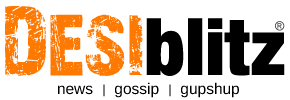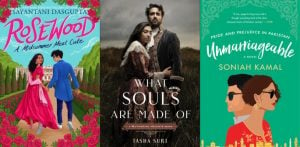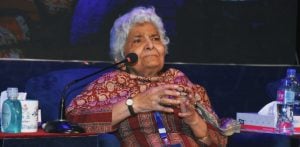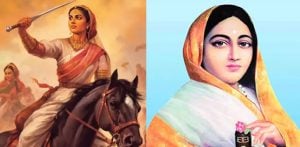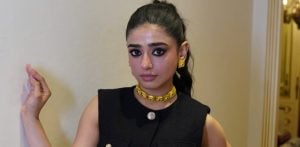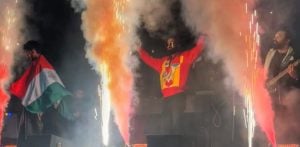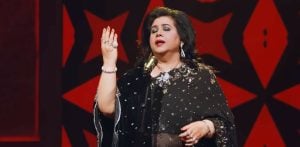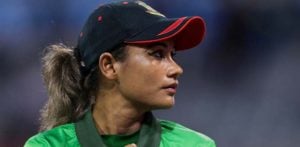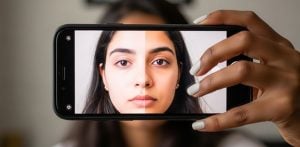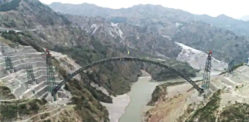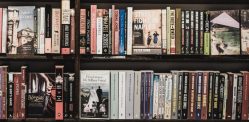"we’re tasked with the designing and standing up of Great British Railways"
The Great British Railways Transition Team are working with the rail industry and on behalf of the Government to create a simpler and better railway for everyone in Britain.
This is a broad and challenging remit which stretches beyond the commercial and engineering aspects of the railway and includes taking positive action to improve the diversity and local representation of the wider industry.
Guiding GBRTT is Lead Director Anit Chandarana, who leads the Transition Team.
He has also been working with the Network Rail employee network Cultural Fusion, bringing together black, Asian and minority ethnic employees and allies.
Prior to his role at GBRTT, Anit was Chief of Staff at Network Rail where he led Network Rail’s involvement in the development of the ‘Plan for Rail’.
Anit has worked in the rail industry for over 18 years and joined Network Rail after completing his training at Sainsbury’s.
He then went on to spend five years at Shell where he worked in the retail part of the business.
With South Asian Heritage Month beginning on July 18, 2023, Anit spoke to DESIblitz about his roles and what he and his team are doing to increase diversity and inclusion in the railway industry.
What does being the Lead Director of the Great British Railways Transition Team mean?
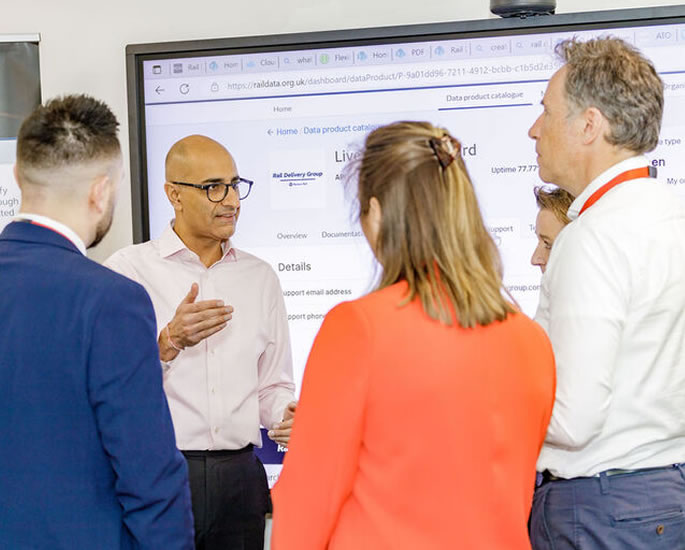
In the Great British Railways Transition Team (GBRTT), we try to use non-traditional job titles, so the closest role to mine in the industry would be Managing Director.
Which broadly means I’m accountable for everything we do.
More specifically we’re tasked with the designing and standing up of Great British Railways, writing the first in a generation long-term strategy for rail, implementing fares ticketing and reform programme, and devising national marketing campaigns to encourage passengers to return to rail.
What is your role with Cultural Fusion Network?
My formal role is Executive sponsor of the network.
This primarily involves supporting the wonderfully gifted leadership team.
That can consist of advising and guiding the team, removing blockers and being a vocal advocate in supporting their work.
Describe your challenges with increasing diversity and inclusion in the rail industry

The railway is not representative of the communities it works within and needs to improve on Equity, Diversity and Inclusion (EDI) massively.
The first challenge was to continue to acknowledge that we have an issue with EDI within the industry.
Beyond working with the Cultural Fusion Network and Network Rail, we commissioned work to find out the lived experiences of ethnic minority colleagues, using the race matters survey.
What that did in an unequivocally data-driven way, allowed us to understand the difficulties faced by ethnic minority colleagues.
Our next challenge has been to consider the specific actions to resolve those issues. Particularly with an eye on equity.
“All this while being very clear and intentional about not marginalising other populations.”
There was also a very personal challenge in that I wasn’t doing enough to be a role model for other people of ethnic minority backgrounds in the industry.
Tell us about the Race Matters strategy and how it impacted diversity and inclusion
To start with, in GBRTT we committed from the outset to address this area.
Our most recent recruitment offer statistics are as follows: 37.08% Women, 20.22% Ethnic Minorities and 5.62% Disabled.
Whilst this is a good start, there is plenty more to do.
And the opportunity we must follow through on is achieving the same success in Great British Railways in a sustainable way.
Why do you think there is a lack of ethnic minority people in the industry?
In common with many other industries, we haven’t invested sufficient time and effort to understand what prevents first recruitment and then progression of people with minority backgrounds.
Again, in common with other industries we previously assumed effective resourcing and people management was a consistent art, where just applying steady methods would achieve the right outcomes.
What we’ve learnt over the past few years, is if we want to shift the balance, we must approach the task with more nuance.
How important is representation in the GBRTT?

We’ve talked about the diversity of GBRTT above, but that’s not enough.
Ultimately, we need people to feel included and assured in the role they play in getting us there.
When we did our last engagement survey at the end of last year, I was really pleased to see 87% of our people felt included and that their views mattered.
But when we delved into the data there were groups who did not feel this way, which we are now looking to address.
What is your future vision of GBRTT?
Ultimately my vision for GBRTT is enjoying an environment where colleagues can come to work and can truly feel that they bring their whole selves.
“As I say we’ve made a good start on that, but we are a work in progress.”
In the end, the desire is to pass that precious gift on to GBR.
What is GBRTT doing during South Asian Heritage Month?
Our two Equity, Diversity and Inclusion Leads Co-Chair a group called Rail Unites for Inclusion (RUI), which has around 200 members across the industry on the group and around 1,640 people following their LinkedIn page.
RUI partners with other bodies in the industry that are driving diversity and inclusion including Women in Rail, including the EDI Charter, Women in Transport, Young Rail Professionals, Muslims in Rail, Journey (a transport network group for LGBTQ+ colleagues) and a newly formed group – Ethnicity and Race in Rail.
For South Asian Heritage Month, we are collaborating with Women in Rail and Women in Transport to promote South Asian role models within the industry, and we are also collaborating on
an event with Women in Rail on ‘An insight into Sikhism’ – the 5th largest religion in the world.
In addition, we are collaborating with Muslims in Rail and supporting them to promote Muslim role models within the industry.
It is clear that Anit and his team are making efforts to address diversity and inclusion in the railway industry, whether it is collaborations during South Asian Heritage Month or taking steps to increase the number of ethnic minority people in the industry.
